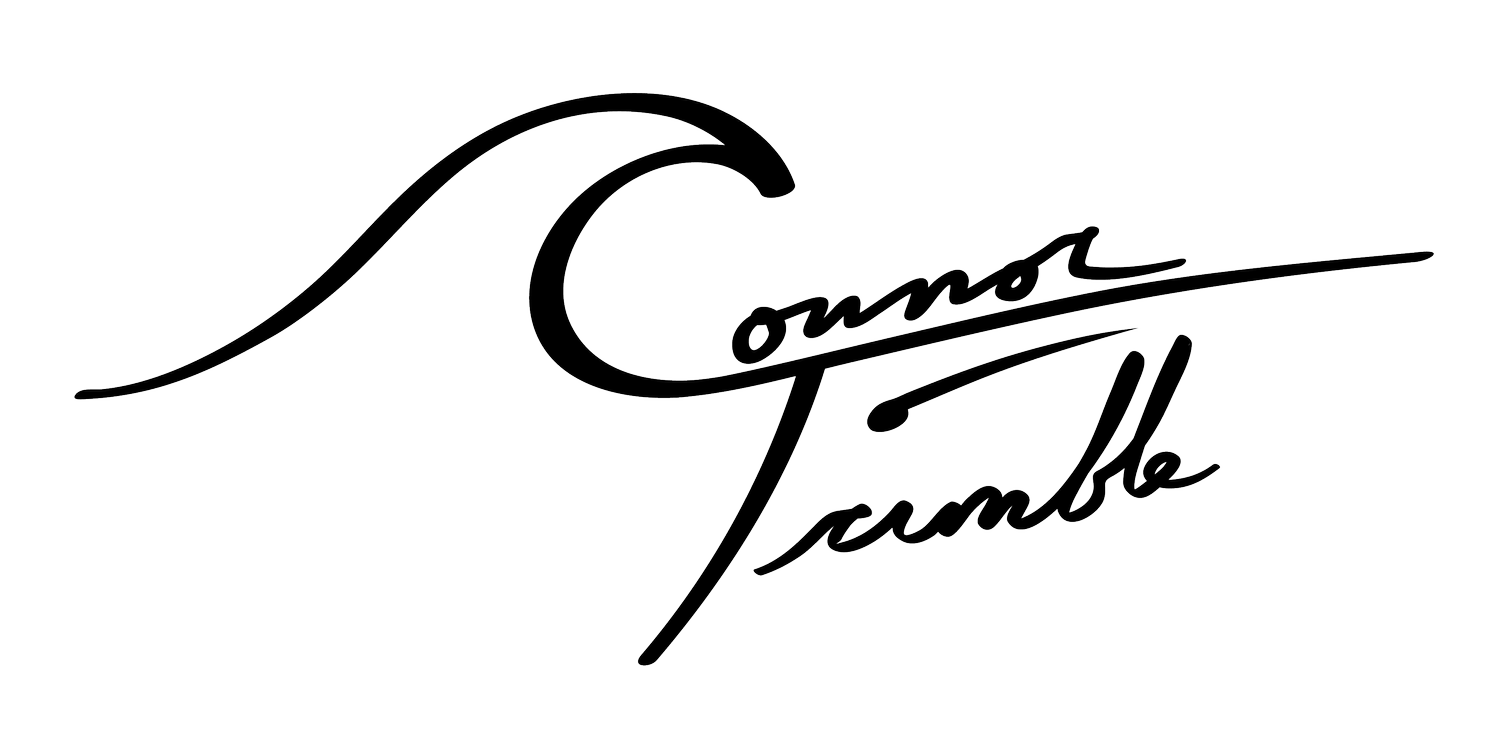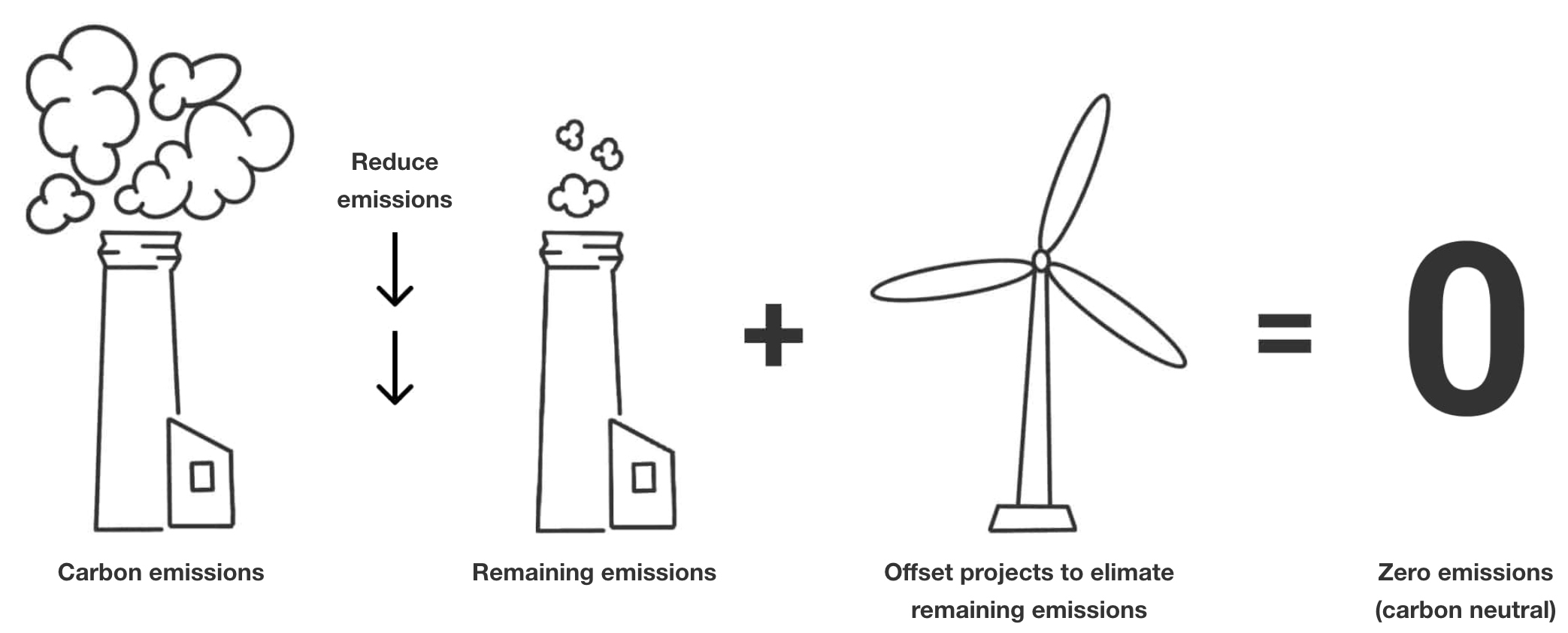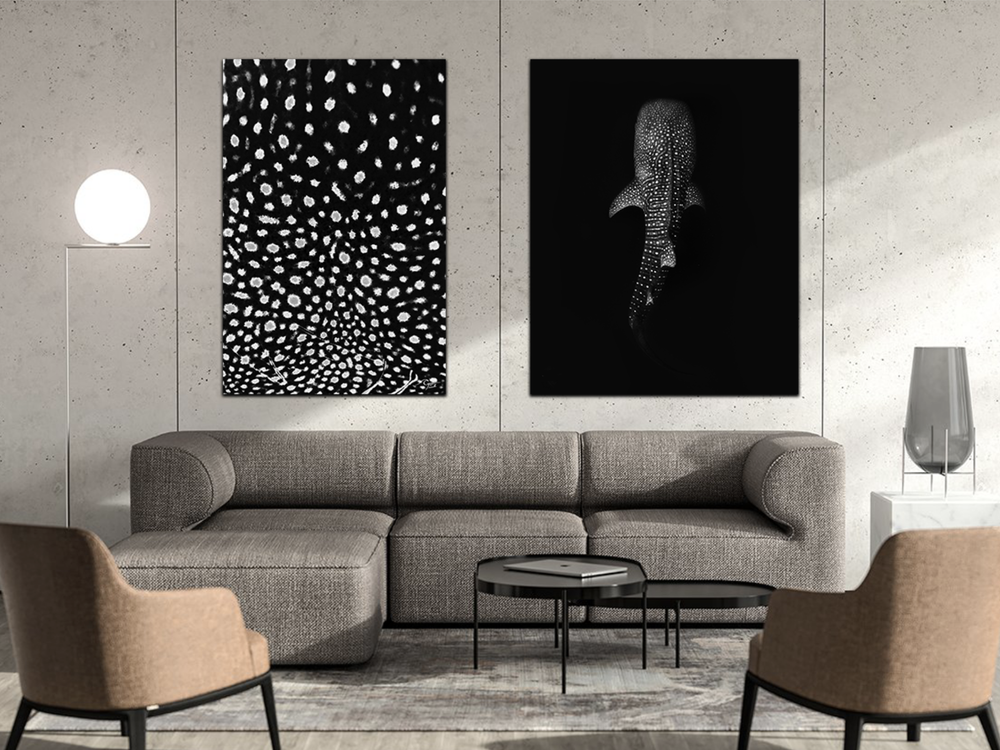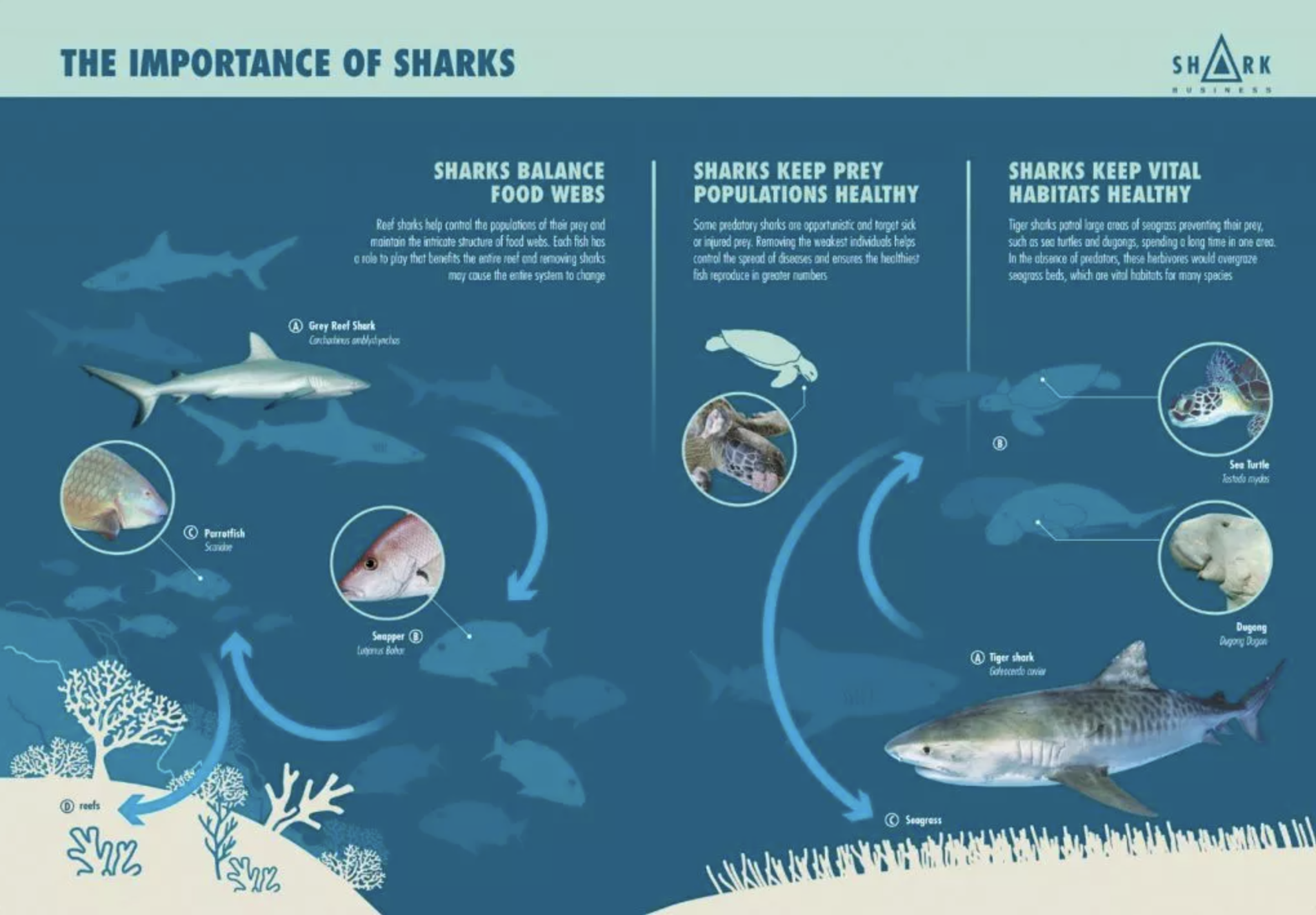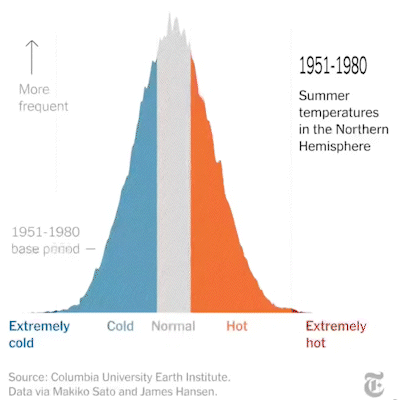
Be the change you want to see in the world.
My Mission: Change Starts With Me
Growing up the quote “be the change you want to see in the world” really stuck with me in addition to my parents instilling this deep sense of wanting to be someone in society who contributes positively to their community. As an artist, this can feel difficult at times because I’m going to all of these beautiful places and capturing breathtaking imagery, but how am I helping these places? Am I actually hurting them, by inspiring more people to go to these places, is this exploitation of nature especially with the rise of social media. This is a sad reality of the world we live in, but I decided to take a deeper look and see what I could do to have a positive impact. The main two ways I’m doing this is by working with a printer that is carbon neutral + uses sustainable packaging methods. And the second is by actively working with non-profits who I believe in and using my skills as a photographer/director to further their mission and educate others with my camera.
Goals | Art Is Bad For The World?
Fine are prints are bad for the environment….. Excessive plastic wrapping, bubble wrap, plastic tape, toxic ink, and excessive carbon emissions from shipping to name a few; I wanted to change this.
Sustainable Printing + Packaging
Plastic pollution is something I encounter on a daily basis on Hawaiian beaches and all around the world. It’s shocking, but it’s estimated there will even be more plastic in the ocean than fish by 2050. Therefore, the materials used to produce your orders have been carefully selected to reduce the impact on the environment while still ensuring your orders get to you in perfect condition.
-
Yes, all of my prints purchased online are 100% carbon neutral.
-
The Giclée paper manufactures only use resources from sustainable forest management areas. This program ensures the preservation and protection of biodiversity, the renewal of the forests habitats and decreasing of the impacts of exploitation of forest areas for future generations. The paper made at their mills is certified for the traceability of the wood fibres from an origin of non-threatened forests.
-
Yes, all the packaging used for print orders are a mixture of sustainably sourced, recyclable or biodegradable.
-
Yes, we calculate the carbon emissions caused by order deliveries and offset the emissions by investing in renewable energy projects around the world. - Most recently supporting a clean energy project in India.

An end-to-end carbon neutral process.
Harnessing technology to be create art consciously & spread love for the planet.
“Carbon neutral” essentially means that any CO2 released into the atmosphere from a company’s activities is balanced by an equivalent amount being removed – this is what’s referred to as “offsetting”.
Practically, this means we minimise our energy usage where we can, using sustainable and renewable energy suppliers, and we offset the remaining, unavoidable carbon emissions.
What is carbon neutrality?
-
The first step to achieve carbon neutrality was reducing our emissions. We have done this by using green couriers such as DHL GoGreen and Green Courier where available, only using renewable energy suppliers including Ecotricity and Stadtwerke Düsseldorf and electric bikes for transport. We have print facilities globally, this means we can reduce air travel when shipping your orders.
-
Once we have reduced our emissions as much as possible we are audited by carbonfootprint.com to calculate our carbon impact. This report includes our performance, a breakdown of our footprint, and further recommendations to minimize our footprint.
-
We then offset our carbon emissions via The Gold Standard, and help fund projects for a safer climate and more sustainable world.
It is our policy to not use forestry-based carbon offsetting projects, instead we invest in renewable energy projects. This is in line with WWF guidance.
-
In line with Greenpeace guidance, our policy is to invest in renewable energy projects over forestry-based carbon offsetting projects, and as recommended by Friends of the Earth, Greenpeace and World Wildlife Foundation (WWF), we invest in the Gold Standard projects which work towards achieving the UN’s Sustainable Development Goals
The northwestern state of Rajasthan, India, borders Pakistan and is home to the Thar Desert – also known as the Great Indian Desert.
It’s here where the Gold Standard runs a wind power project that uses renewable energy to generate clean electricity. The project has played a vital role in reducing C02 emissions, generating the equivalent energy used to power 10,500 households yearly.
The project doesn’t solely focus on generating clean energy though. It is also dedicated to improving the quality of life in several areas including education, access to clean water, local employment, and community awareness.
“We have chosen a wind power project in Rajasthan as the first project to give funds to. Investing in renewable energy projects in countries that might find it hard to afford to move to a carbon-free economy is a focus of ours. After all, a carbon-free economy needs to happen everywhere, so there has never been a better time to ditch the cult of individualism both at a national and a personal level.”
______
We’d like to tell you about the projects we’ve invested in. We use the Gold Standard, as recommended by Friends of the Earth, Greenpeace and WWF UK, to offset our emissions. The Gold Standard’s projects work towards achieving the UN’s Sustainable Development Goals. Our policy, according to recommendations by Greenpeace, is to invest in renewable energy projects over forestry-based carbon offsetting projects.
Madhya Pradesh, also known as the “heart of India” for its location in central India, is bordered by Gujarat and Rajasthan, rich in royally-built architecture, and home to several noted Bengal tiger sanctuaries.
This is where one of the Gold Standard’s wind power projects is based, generating clean electricity for the state through harnessing renewable wind energy. The project generates the equivalent energy used to power 42,000 households every year.
The project is also dedicated to improving the quality of life in several other areas on top of producing clean energy, including access to clean water, road-building, local employment, and community workshops.
How does my printer achieve carbon neutrality?
Sustainable Prints

“Local change can impact the world.”
IT ALL STARTS WITH YOU
Saving sharks with Project Hiu
As a kid I was terrified of sharks, to the point that I hated to get into even waist-deep water in the ocean. We have this misconception of sharks in society that they are vicious man-eaters intentionally hunting humans. After moving to Hawai’i in 2014, I quickly learned that the deep fear of sharks that I had was unjustifiable.
Sharks are vital to a balanced eco-system:
After learning all of this and swimming with sharks (without a cage) in Hawai’i, I was inspired to try and do what I could to help. This led me to work with Madison Stewart the founder of the non-profit: Project Hiu in Lombok, Indonesia. Madison or @SharkGirlMadison ‘s organization is based on working with local shark fishermen. What she discovered was that these men are actually incredibly nice human beings and that they didn’t really don’t want to be fishing sharks, but they did so out of necessity and the demand that shark fin soup has made. Fishing sharks is dangerous, hard work that takes these men away from their families for weeks at a time. But Project Hiu offers them a different source of income, taking tourists on snorkeling trips on the same boats they used to fish sharks with.
We created an educational campaign with Corona (the beer company) for their YouTube + social media channels to help educate people on different topics to help sharks.
Shark tourism.
Safely surfing with sharks.
Activism and educating about sharks with art.
Sustainably shifting the industry and providing alternate income for current shark fishermen.
For a more in-depth look in to the project, check out the blog!

How you tell your story matters.
LET’S TELL IT TOGETHER
I want to make a difference through story telling.
Using my skills as a director + photographer, I’d love to tell meaningful stories that educate and inspire others.
-
Shark oil, meat and fins is found in dog toys, make-up, in soup and used for many other everyday items. Unfortunately, we’re killing sharks at an unprecedented rate even though they’re crucial for a balanced eco-system.
-
By 2050 scientists say there will be more plastic in the ocean than fish. Plastic doesn’t break down easily, is made from crude oil and is extremely toxic. Unfortunately, it’s cheap to make and this durability is what has drawn us to be obsessed with it. We need to find alternatives because recycling is NOT a solution that’s working by any means.
-
There are so many different types of plastic and their chemical makeup is different so they can not be mixed. Trying to separate these plastics is not efficient and often times first world countries send it to third world countries to be processed, where often times it’s burnt or dumped.
-
Technology is incredible in many ways, but it’s made fishing so efficient that we’re wiping out species. The desire to keep up with the demand for food has led to unsustainable fishing and we need to find a solution to feed people, but also be a steward of our planet.
-
The effects of ocean warming include sea level rise due to thermal expansion, coral bleaching, accelerated melting of Earth's major ice sheets, intensified hurricanes, and changes in ocean health and biochemistry.
-
A ghost net is a fishing net that's been lost or abandoned in the ocean. They are one particularly egregious part of the global ghost fishing problem, which includes fishing gear abandoned in the water. Any net or line left in the ocean can pose a threat to marine life.
-
Many low income countries lack the facilities for safe disposal. The current practice in most of the low income countries is uncontrolled dumping and it might take more than 20 years to provide sanitary disposal of municipal solid waste.
-
Maintaining grass lawns increases greenhouse gasses, pollutes ecosystems, wastes water, and diminishes biodiversity. Grass lawns are expensive, unsustainable, and poor investments. While more environmentally friendly than pavement, grass lawns and their upkeep come with heavy carbon costs.
-
A marine protected area (MPA) is a section of the ocean where a government has placed limits on human activity. Many MPAs allow people to use the area in ways that do not damage the environment. Some ban fishing. A few do not allow people to enter the area at all.
Some of these areas protect whales, specifically like Maui, where you can NOT swim with whales and Tahiti, where you CAN swim with whales. I’d love to explore how the whales are key to the eco system and how sanctuaries + eco tourism help them. -
The World Tourism Organization defines sustainable tourism as “tourism that takes full account of its current and future economic, social and environmental impacts, addressing the needs of visitors, the industry, the environment and host communities".
I’ve seen the effects of over-tourism on Oahu, specifically as the world opened up post covid. Tourism isn’t thought of as sustainably and is a very capitalistic mindset, which I believe needs to change in order to preserve the places we love.
-
Surfboards are made of foam + checmicals that are toxic and do not break down easily. this makes them durable, but not sustainable. There has to be another solution right?
The same goes for plastic fins, rubber wetsuits, etc?
To be determined with the film I make I suppose…..
-
Fireworks are heavy, meaning shipping is costly and they are used one time with unwanted and often toxic debris going in to the environment. So what’s the solution….?
Are drone light shows the solution to “the fireworks problem”? Drone light shows differ from fireworks displays because drones are reusable, and do not produce chemical and noise pollution.
-
Environmental topics I’m extremely interested in covering if you’d like to support the cause:

